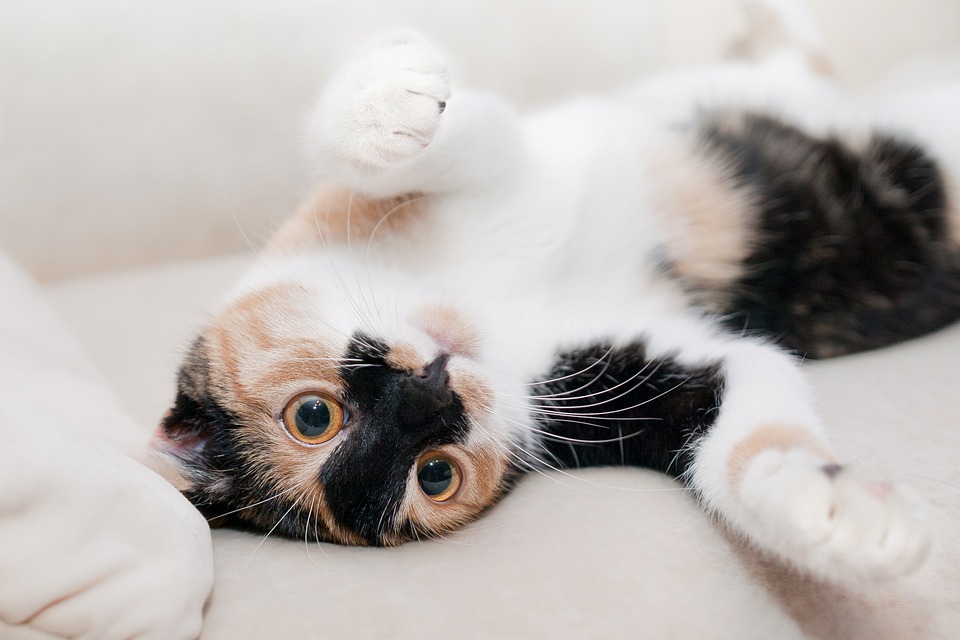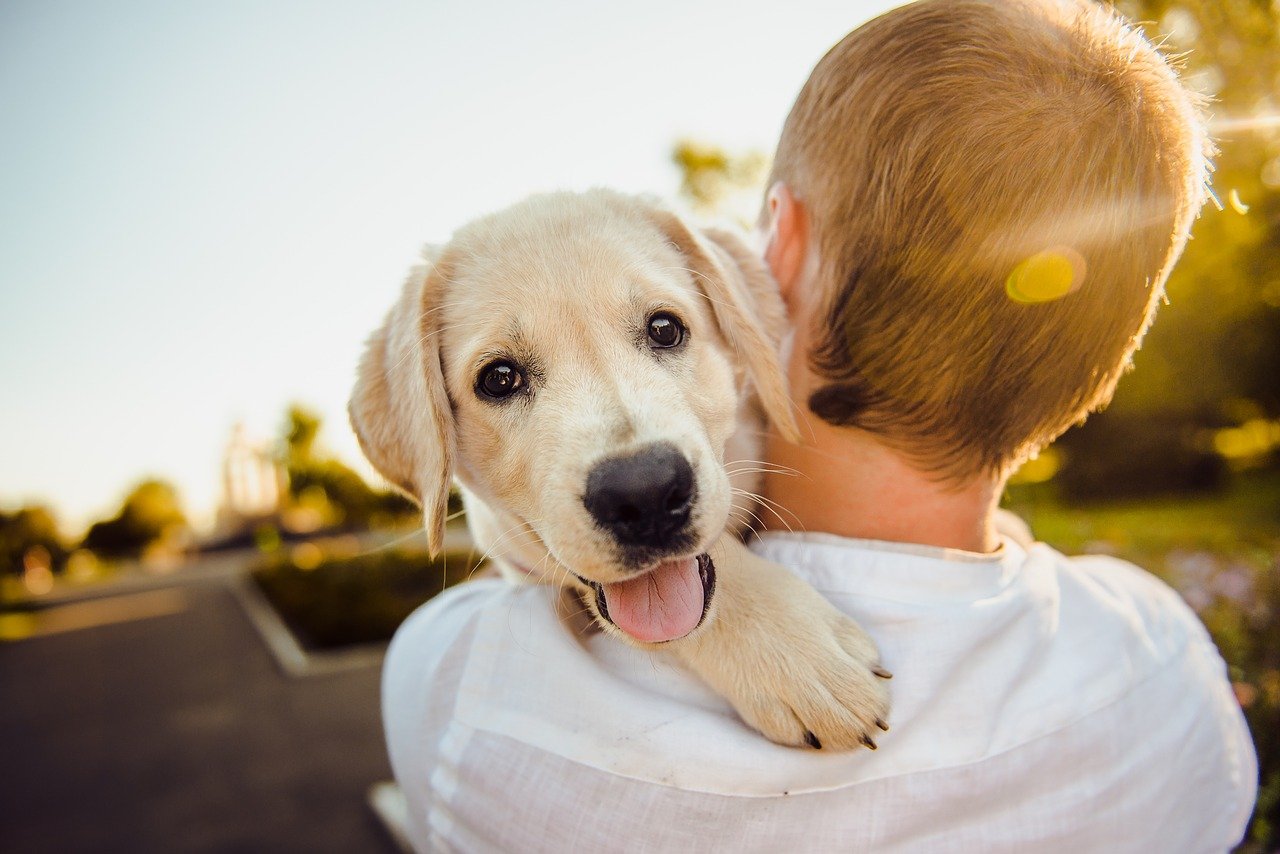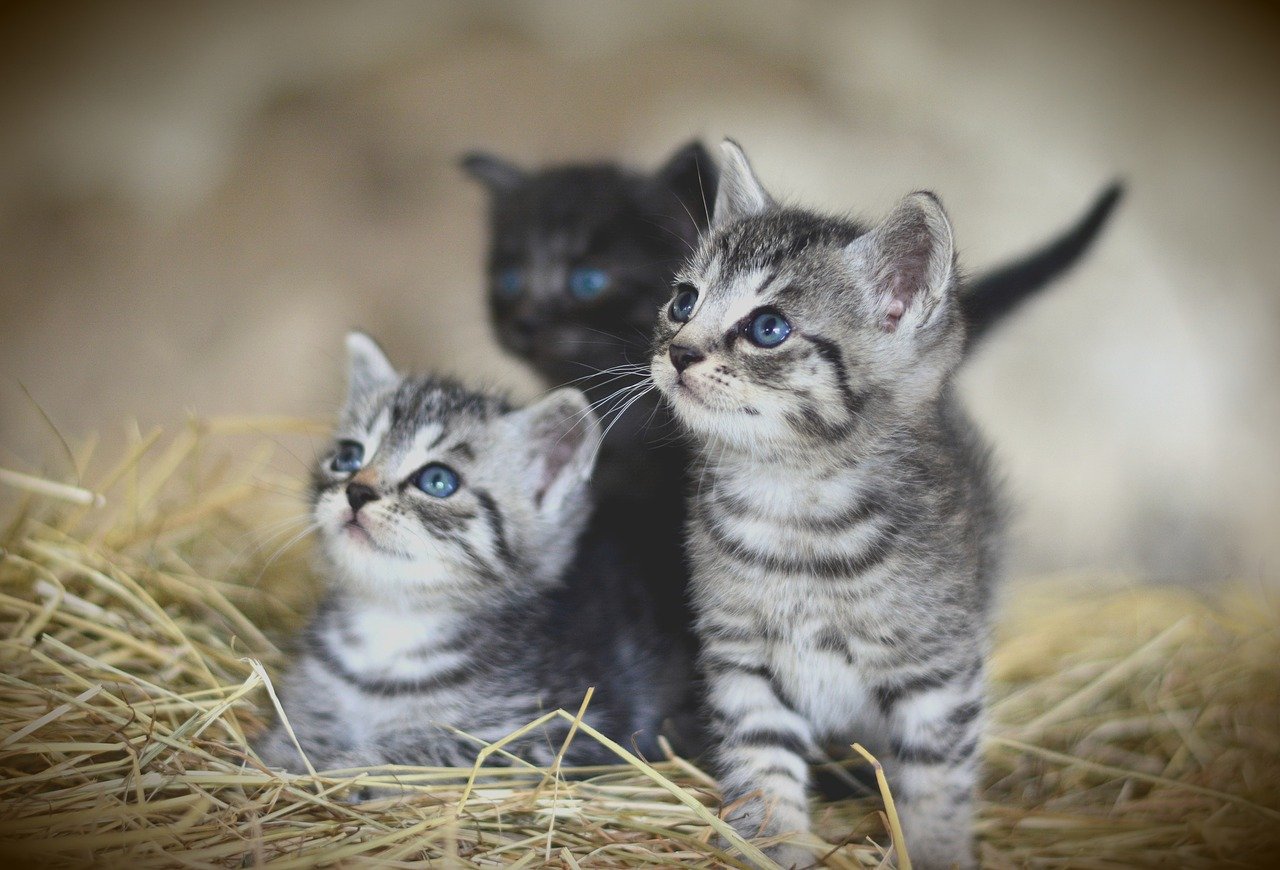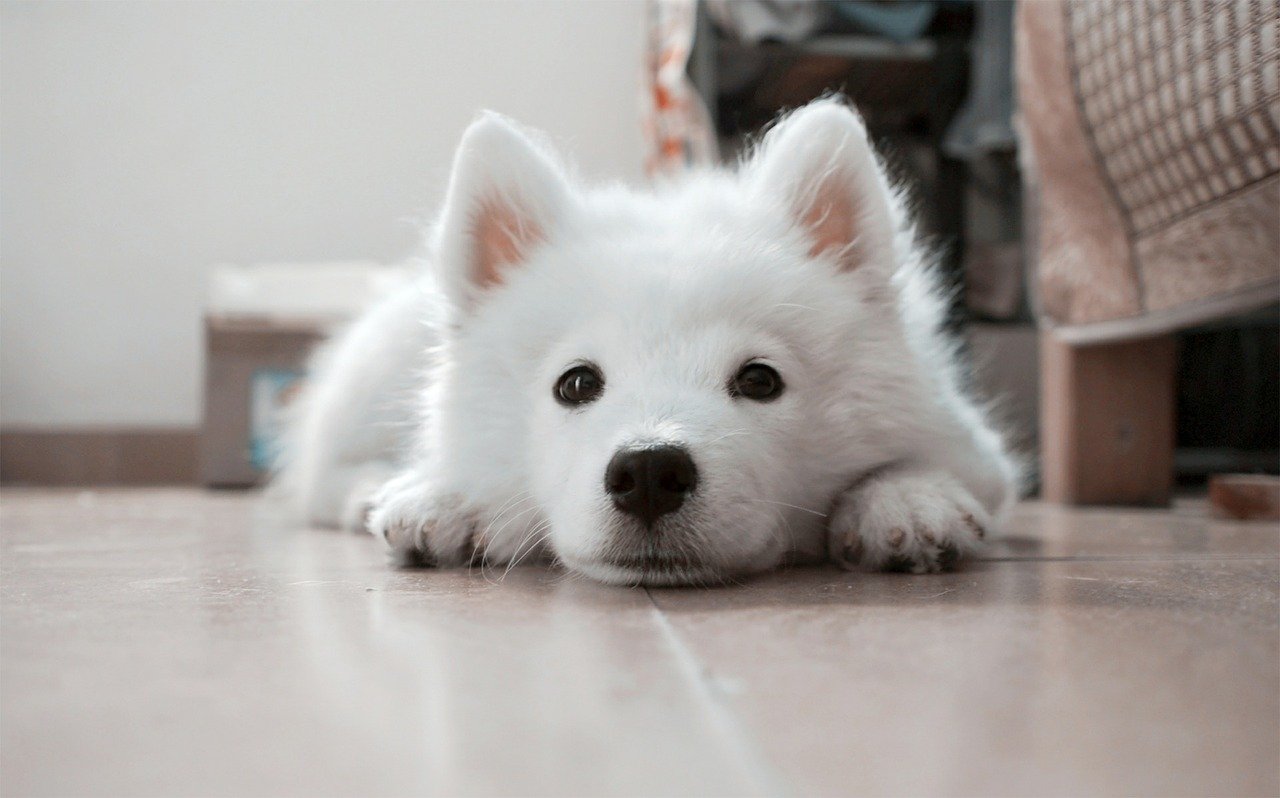Havanese Dog - Temperament, Characteristics and Diet
Are you dreaming of a companion dog - friendly, energetic and with calm character? The Havanese dog is just like this. Check the characteristic features of this breed and how to take care of it. It's very important to know before you take a Havanese dog home.
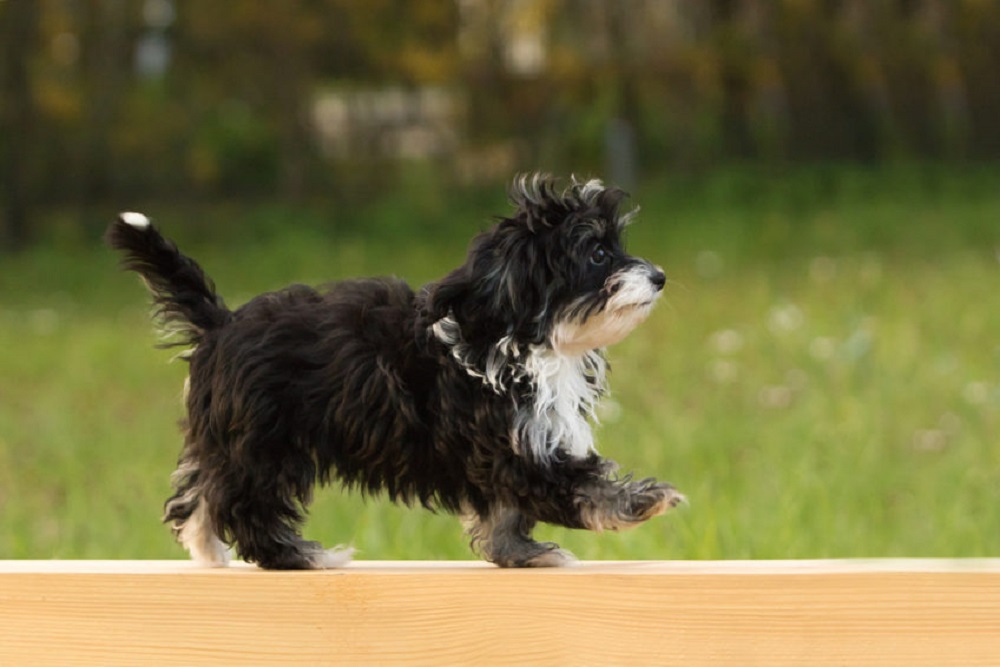
The Havanese dog - what kind of breed is it?
The Havanese is a very popular dog breed. In some places, it’s still quite rare, though. The Havanese dog is an incredibly energetic and friendly companion. It’s perfect for homes with children. Dogs of this breed have moderate exercise needs, and they love a homely, familial atmosphere.
What does the Havanese dog look like?
The Havanese dog has long hair, rarely it has wooly underfur. The hair’s length can reach up to 18 cm, they are very soft and have a tendency to form waves. Some dogs even have curls.
Dogs of this breed have various colors. Black Havanese dog belongs to the most common varieties. Some dogs are brown-red and fawn. There are also Havanese with spots in various shades.
The Havanese is a relatively small dog. The breed can reach up to 28 centimeters at withers and weigh only 6 kilograms.

The Havanese dog - a friendly companion
The Havanese is a typical companion dog. It’s energetic, optimistic and friendly. The owner is the most important reference point for the dog, so it loves spending every moment together. A combination of loyalty and cleverness, these dogs are easy to train. Thanks to the right attitude and training, one can teach the dog many commands and tricks.
Despite the small size, these dogs need to know a clear barrier which they should respect. Otherwise, they might start behaving too freely. The Havanese dog cannot be left alone - without teaching him obedience and commands.
The Havanese dog loves spending time with children. When someone new appears at home, it greets them with enthusiasm. Sometimes, new guests can make the dog shy. It won’t be aggressive, but might go somewhere else to be alone. In this case, you shouldn’t force it to be social.
Havanese - grooming and care
The Havanese dog has characteristic long hair. It means that the owners have to groom it regularly. The hair has to be brushed at least twice a week to remove dead hair and prevent tangles. Don’t neglect brushing your dog’s hair, as it might cause irreversible changes. Remember that some dogs of this breed have slightly different fur, which affects the care routine you should implement.
Don’t forget about bathing your dog. Use a special shampoo for dogs with long and delicate hair. A conditioner may help with untangling, but it’s not necessary.
Pay a special attention to the eyes and ears of the animal. Make sure the hair doesn’t irritate the eyes. Control the ears regularly, cutting the hair by the ear canal is also recommended.
What does the Havanese dog eat?
The Havanese dog, contrary to the popular belief about small dogs, needs proper feeding. When feeding the dog, pick food with full-meat ingredients - and avoid the ones with grains. Adjust the size of the portion - to the age and size of your pet.
Does the Havanese need a lot of exercise?
The Havanese requires quite a lot of exercise. You can make sure it gets it by taking it on a walk and playing with the dog. Remember that because of its short legs, long-distance walks might be tiring for it.
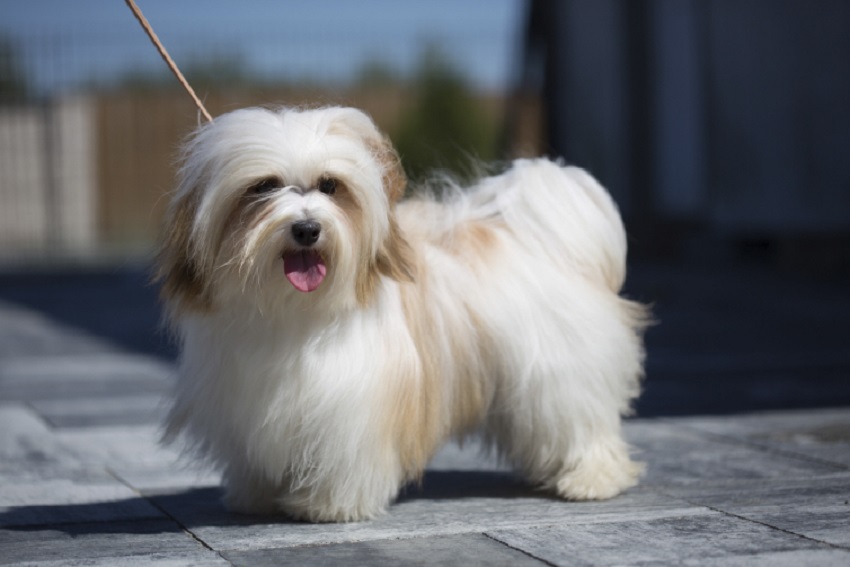
Who is the Havanese best for?
The Havanese is basically a dog for everyone. But one should remember about its temperament, intelligence and big energy levels. The dog should be trained from puppy, so it knows the boundaries at home and doesn’t want to “take over.”
The Havanese dog can be kept in a house, as well as in an apartment. It’s a perfect companion for children, as well as for the elderly.
Is the Havanese dog susceptible to illnesses?
The Havanese dog is consider a long-living breed. Nonetheless, one cannot forget about taking care of its health. Eye issues and kneecap luxation are the most common health issues of Havanese dogs.
A Havanese puppy might already have genetic disorders. There are animal welfare rights that make breeders responsible for genetic testing of animals in some countries. Since many places don’t have such laws, make sure to pick trusted breeders who pay special attention to the dog’s health.
The Havanese dog - lifespan
The Havanese belongs to the group of relatively long-living dogs. Depending on the conditions the dog is kept in, it can live from 13 to 15 years. Maintaining the right diet and making sure the pet gets enough exercise is key in this matter.
Havanese price - how much does the Havanese dog cost?
A Havanese puppy cost might be relatively high. The cheapest pups cost $1000. If you want to be absolutely sure the dog is healthy, has a pedigree and gets a starter kit, you have to be prepared to pay more. A Havanese from a renowned breeder might cost even $3000.
📍 The Havanese - what kind of dog is it?
The Havanese are exceptionally happy and clever dogs. They are playful and friendly animals. The Havanese dog needs a lot of attention from its owner, but it can adapt as well. When its human is resting - the dog does the same, when the owner gets active, so does the Havanese dog.
📍 What does the Havanese dog look like?
The Havanese dog is considered a miniature, but having a stout body build. Its length is not much bigger than the height. Adult Havanese grow up to 22-28 centimeters and weigh from 3 to 6 kilograms. Soft and silk-like hair is their characteristic feature.
📍 Do Havanese dogs live long?
The Havanese, if you take a good care of it, lives relatively long. The average lifespan is from 13 to 15 years.
📍 Who can take a Havanese?
The Havanese is a perfect companion for everyone. It's great for families with children and singles. Most importantly, the age or physical strength of the owner don't matter. Providing the dog with plenty of playtime and walks is the only requirement.
Featured articles
Maybe you're interested

